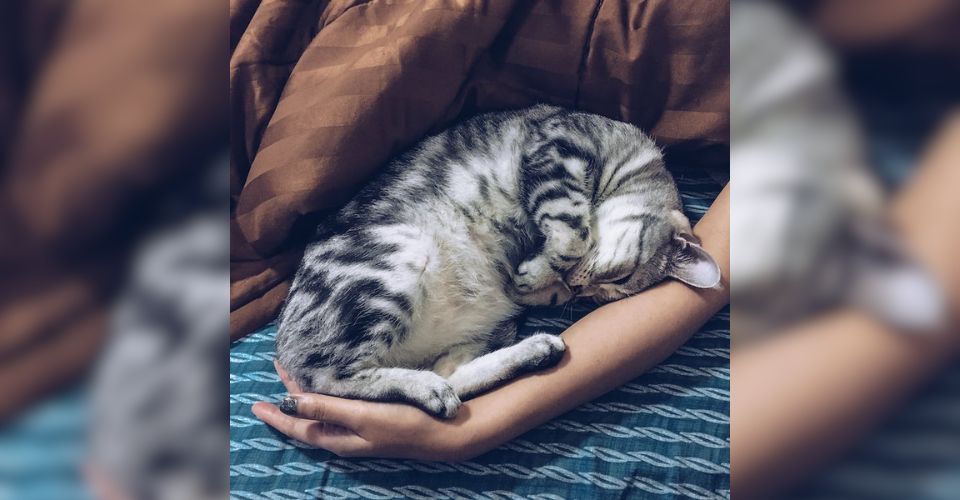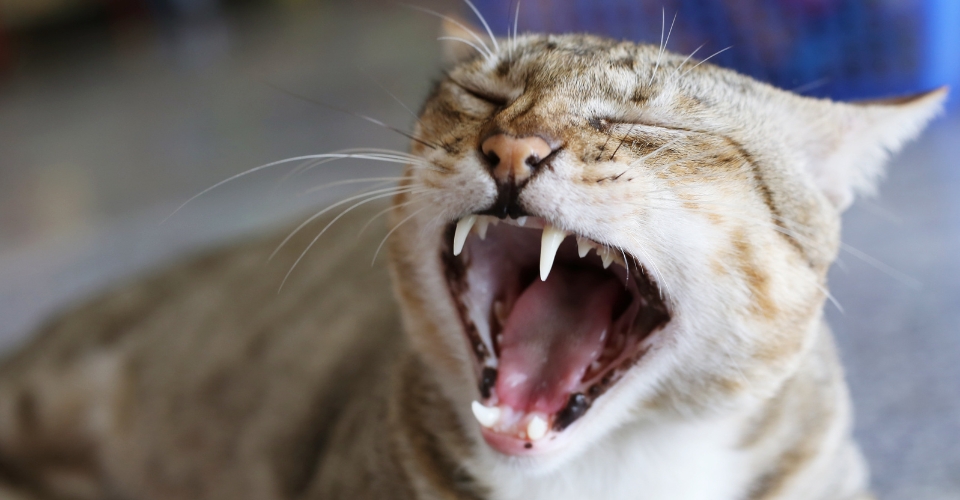Your cat gave birth to a litter of kittens. You are all excited and pumped to take care of the newborns and mama cat. You go to bed at night, making sure that the mama cat and kittens are comforting in a quiet corner. But when you wake up, there is no sign of either the mama cat or the kittens. You are devastated and looking for the kittens everywhere like crazy.
It is harrowing for cat lovers to lose a litter of kittens. But it is a common occurrence. Mama cats often perceive that their babies are not safe, and thus they move them into an inconspicuous spot overnight. This sets a quest for cat owners to find the lost ones.
But how to find a lost litter of kittens? To be very frank, it can be a challenging task. However, in most cases, a few tips and tricks can help the searcher find the lost litter.
How to Find a Lost Litter of Kittens?
1. Assess What Would the Mom Cat Do
Before pregnant cats go into labor, mother cats usually prefer to seclude themselves by going to a safe, cozy, and hidden spot. They do so for the sake of the protection of their litter from predators and other threats.
This basic instinct in cats gives us a fair idea about the location of the lost litter. You can begin searching for it in the places near you that are warm, secluded, and make a great hiding spot for cats. Additionally, remember that to further minimize the chances of any predator walking in, cats favor the places that are far away from busy paths and trails. Before you go look outside, you should check under the bed, behind closets, in the storeroom, etc., in the house.

2. Follow Where the Mother Goes
After cats have given birth, they tend to stay near their newborns as much as possible. However, they leave due to some compulsions, such as finding the food. But they come back immediately as soon as the job is done.
You can take advantage of this need: simply follow the mama cat whenever you have a chance to spot her, and she will eventually take you to the litter. Especially if your cat is super comfortable with you, she would be more than happy to let you meet her new family members. To hasten the process, you can try offering your cat food yourself and keep an eye on it when she comes near it.
If you suspect that your cat is not so comfortable with you when it comes to her newborns, try some smarter methods, such as getting a pair of binoculars and watching her go and care for the litter from a distance at which she does not feel threatened.
3. Check the Indoor Places

If your cat lives indoors and cannot go outside, she is probably hiding underneath closets or beds, where no one can see or disturb them. It is also warm there due to the presence of fabrics and other items. Other appealing locations to cats for giving birth are drawers, washing machines, and empty boxes. Based on this, you can begin searching in all enclosed and cozy spaces in your home.
If you have a closed car porch, try searching it extensively as well because it is a warm and calm area. Also, look under the hood of your car and do not move it unless you are sure that no cat or kittens are hiding underneath it.

Caution!
If you suspect that your cat has given birth to a litter of kittens in your home, be extra careful whenever you reach any enclosed area and never throw any item in it.
4. Take the Services of Your Dog
Since canines are great at sniffing and searching, if you have a dog that is familiar with your cat, you can try walking him around the area where you suspect the lost litter to be present, whether it be indoors or outdoors.
Nonetheless, you must be cautious while doing so because the mama cat might perceive him as a threat and attack the dog to protect her kittens. If you doubt that such an incident might occur, you must make sure that your dog is properly leashed and well-trained.
Some Suggestions
1. Go for Prevention
As discussed earlier, cats go to secluded spots to give birth and keep their newborns. By making a place of such specifications in your vicinity, you can give yourself and the cat a sigh of relief. Neither your pregnant cat would have to migrate to find a cozy and safe place to give birth, nor would you have any trouble finding the litter.
To make such a spot, locate the most isolated, quiet place, and make a nest in it. Line the inner sides of it with blankets and other warm fabrics to make it cozy and make sure that it has enough room for the mama cat, her kittens, and the food.

2. Ensure That the Litter Exists
Just like diseases, some cats are also great at hiding their pregnancies, especially if they are malnourished. You might think that your cat has delivered her babies, but in reality, she might only be hiding the fact that she is still pregnant.
To find out the reality, you must look for signs that your cat has delivered the litter. For instance, she might be very thinner than before, her mammary glands would be leaking, and there would be visible signs that they are used.
3. Think About Leaving the Mom Cat and Her Litter Alone
Unless you think that the mother cat has abandoned her kittens or that they are in danger, you should not go searching for the lost litter. Let the mama cat nurse and take care of the kittens. Remember, the primary reason cats hide their babies is privacy; they don’t tolerate any invasion of their isolation.
However, if you want to lend a helping hand, you must try offering some food, water, and other essential supplies. Besides, if you find a safer spot nearby, try building a nest there, and your cat might shift to it along with her newborns.
Caution!
According to WebMD, kittens should not eat raw fish: it may lead to the loss of appetite, seizures, and even death.
A Real-Life Incident

Maaz, a friend of mine, lost the litter of his Persian cat, Noori’s kittens. After making sure that Noori was no longer pregnant, Maaz deployed all the tactics discussed above one by one to reach the newborns, but he had no success.
Since he lived in the countryside, the area of operation was a little vast—the litter could be inside the home, outside in the yard, or in nearby fields.
Determined to succeed, he marked certain areas where he suspected the presence of the litter the most. Luckily, one of the chunks, away from his yard, had cat urine stains and odor at an unusually high level. That was his light-bulb moment: because Noori was not seen for a couple of days by that time, Maaz took the help of his German shepherd (famous for search and rescue skills, fortunately!), who was familiar with Noori, and started walking him around this particular chunk of the lawn.
Sniffing the objects and the urine spots, the dog eventually reached a pit, sat beside it, and started barking. Maaz tied him to a pole at some distance and started searching the pit himself. After a few moments, he found five adorable kittens lying around their mama Noori. He welcomed the newborns and arranged a new, warmer, and safer hiding place nearby, where Noori and her kids eventually shifted.

Conclusion: How to Find a Lost Litter of Kittens?
Losing a litter of kittens could be worrisome, but you can find the lost litter by following the mother cat or taking the help of a dog familiar with the cat to smell where the cat is hiding the litter. However, since prevention is better than cure, the owners should make sure that they do not lose the litter in the first place.





